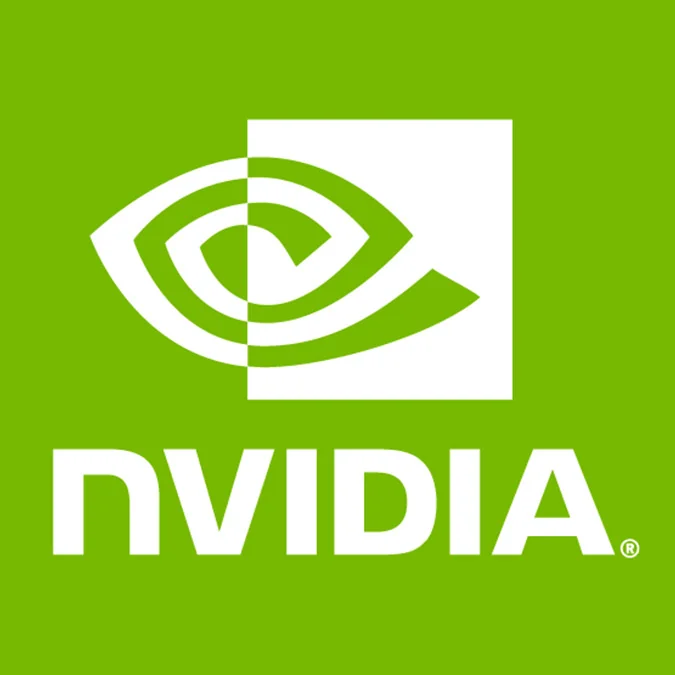NVIDIA GeForce RTX 3000 Series Launches With Impressive Specs, Competitive Pricing

NVIDIA has announced the GeForce RTX 3070 / RTX 3080 / RTX 3090 as the successors to the RTX 2080 Ti, RTX 2080 SUPER, and RTX 2070 SUPER models.
The RTX 3090 tops out at 10496 CUDA cores with 24GB of GDDR6X video memory on a 384-bit bus while the RTX 3080 comes in at 8704 CUDA cores, 238 RT cores, with 10GB GDDR6X video memory options on a 320-bit bus. As closer to a mid-range option are the RTX 3070 with 5888 CUDA cores and 8GB GDDR6X on a 256-bit bus. The RTX 3080 has 28 billion transistors. HDMI 2.1, PCI Express 4.0, and Micron GDDR6X are among the other highlights for the RTX 30 series. The RTX 3080 PCB is quite dense and roughly 50% the size of prior generations.
The RTX 3080 has roughly twice the performance of the RTX 2080 at the same price of approximately $699 USD. The new Ampere GPUs will be available beginning 17 September. The RTX 3070 is priced at $499 USD and will be available beginning in October. The RTX 3090 is a successor to NVIDIA's TITAN series. RTX 3090 pricing is $1499 USD and powerful enough to handle 8K rendering with ray-tracing.
With the RTX 3000 series does come new Founder's Edition cards including with quite large heatsinks. We should be delivering benchmarks of the GeForce RTX 3000 series on Linux for launch day, assuming we get our hands on them in time. RTX 30 promises to have 2x the performance and performance-per-Watt of Turing and their largest generational leap ever.
NVIDIA also announced "NVIDIA Reflex" for improving reaction time for gamers. Though the "Reflex" technology is likely only for their Windows driver and does require game-specific work, further diminishing the chances this driver addition will help Linux gamers.
NVIDIA also announced RTX IO for improving the data transfer from storage to the GPU. At the moment this seems to be only catered for Windows but with the work going on right now around NetGPU and other zero-copy DMA buffer work between PCIe devices on Linux, similar functionality should also be available on Linux just without RTX IO branding.
81 Comments

